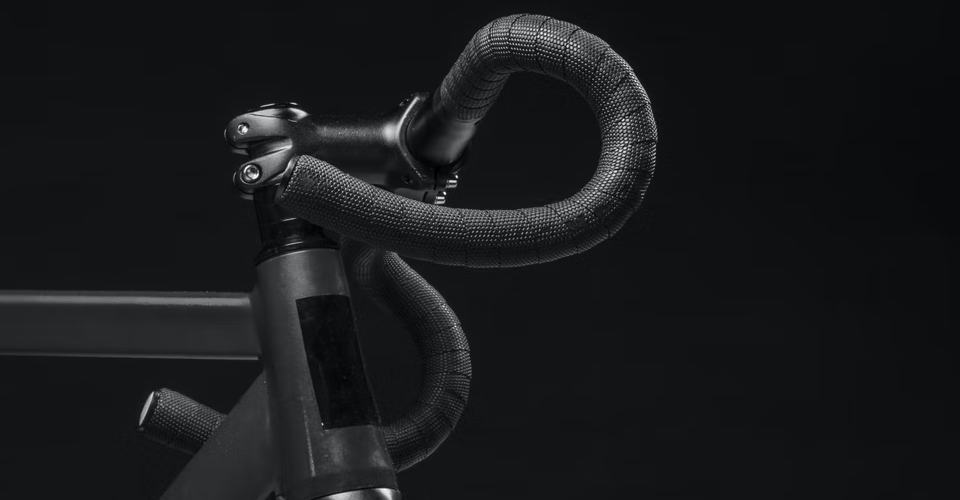A Guide to Fuzzy Skin Settings in Cura
The Fuzzy Skin printing mode is ideal for giving your 3D prints a unique look similar to fur or microfiber. Cura offers several ways to refine just how “fuzzy” the skin will be. They are easy enough to understand and experiment with. We recommend starting at the lowest density and thickness settings and working your way up until you get the look you’re satisfied with.
Since 3D printing became popular, there has been an obsession with making finished 3D prints incredibly smooth, even to a degree that they look almost mirror-like. The new Fuzzy Skin mode offered by the newer versions of Cura seems to be a 180-degree departure from this paradigm. Here’s a guide to how this unique 3D printing mode.
Why use Fuzzy Skin?

The Fuzzy Skin mode is quite unique, in that is basically the opposite of what most 3D printing projects aspire for. Instead of making a print as smooth as possible, printing with Fuzzy Mode makes the exterior walls look uneven and imperfect. What are the advantages of printing with Fuzzy Skin? When should you use it?
Fuzzy Skin hides imperfections
Have you ever had to worry about making the layer lines of your 3D print less visible? With Fuzzy Skin, this is something that you will not have to think about. Having an external surface made with Fuzzy Skin hides lots of imperfection in your 3D print, including visible layer lines. This eliminates the work of having to refine slicer settings or do post-processing.
Fuzzy Skin simulates the look of fur
If you’re 3D printing models of furry animals, then Fuzzy Skin mode is absolutely perfect. With the right slicer settings, you can get the external surface of your 3D print to look almost exactly like fur. It looks amazingly unique and quite surprising for an object made with 3D printing. It’s also refreshing to see models that embrace the somewhat chaotic nature of the movement of 3D printers.
Fuzzy Skin provides good grip
For functional parts, Fuzzy Skin mode offers the benefit of creating objects that have good grip. These are ideal if you’re 3D printing projects like bicycle handles or tool grips. Although objects made with 3D printing naturally have uneven surfaces, using Fuzzy Skin emphasizes this characteristic by a few orders of magnitude.
In summary, Fuzzy Skin can be a powerful tool when used in the right situations. As we shall see later on, making the most of it also requires fiddling with slicer settings. It’s incredibly easy to make Fuzzy Skin look outright ugly if it’s not done right.
How does the Fuzzy Skin Mode work?
The secret of the Fuzzy Skin lies in the rapid movement of the printer nozzle. More specifically, the Fuzzy Skin mode is the way for the slicer to tell the 3D printer to move the nozzle back and forth rapidly when printing the model’s external surface. Through slicer settings, you can control just how much and how quickly the nozzle moves during this interval.
Another key characteristic of Fuzzy Skin is that it only applies to the external skin of the model. All of the infill, as well as the rest of the shell, is printed normally. This helps maintain the mechanical strength of the print.
You also have the option of allowing Fuzzy Skin only on the outermost external surface of the model. This is a good option if your model has internal holes or channels that you might need as connection points.
Despite adding extra movement to the nozzle, printing in Fuzzy Skin mode does significantly add to the total printing time of a project. One drawback you should expect is that the printer might be a bit noisier because of the constant back and forth movement of the nozzle. Again, this only happens when the external surface is being printed – you won’t have to suffer through the extra noise for several hours.
Fuzzy Skin slicer settings

Fuzzy Skin mode is available in all versions of Ultimaker Cura from V2.1 and above. To enable Fuzzy Skin mode, you need to go to the Print Settings window and press the Experimental tab at the bottom. This will open a list of different modeling tools including the Fuzzy Skin setting.
With the Fuzzy Skin checkbox enabled, you may now tweak the advanced Fuzzy Skin parameters. Here are some details on how these settings work:
Fuzzy Skin Outside Only
Enabling this option will tell the slicer that you prefer that the Fuzzy Skin texture be applied only to the outermost surface of the model. As mentioned before, this option is ideal when you want to preserve a smooth finish for any internal holes or channels. The effect is applied immediately, so you can check out what the model looks like in the preview.
Fuzzy Skin Thickness
This parameter controls the degree to which the nozzle will wobble while printing the external surface. A higher thickness means that the surface will look more uneven with deeper and thicker variations. We recommend setting this at a low value (0.2 to 0.3 millimeters) if you want a more subtle look for the finished product.
Fuzzy Skin Density
The density setting controls how closely packed the surface imperfections will be in the external surface of the 3D print. This is measured on a per millimeter basis. Setting a higher number for this parameter makes the fuzzy texture more pronounced but also makes the surface look more detailed. Setting a high density value is ideal for concealing any imperfections in the model.
Fuzzy Skin Point Distance
The setting is merely an alternative to the density parameter. It is basically the inverse of the density setting – setting a high density value automatically sets a low distance value, and vice-versa. If you’re finding it difficult to envision how the fuzzy skin density will affect the appearance of your model, you can play around with this parameter instead.
The parameters for Fuzzy Skin mode make it quite versatile and extremely fun to play with. If this is something you would like to try out, we recommend starting at low thickness and density values. This will give a more subtle Fuzzy Skin appearance. You can then start increasing the values according to how well you like the finished results.
Final thoughts
The Fuzzy Skin printing mode in Cura is one of the more interesting and unique ways to give a bit of flavor to your 3D printed parts. It’s refreshing to have a print mode that benefits from the imperfections of 3D printing technology rather than tries to hide it. If this is something you have not tried yet, we suggest downloading the latest version of Cura and taking it for a spin.


